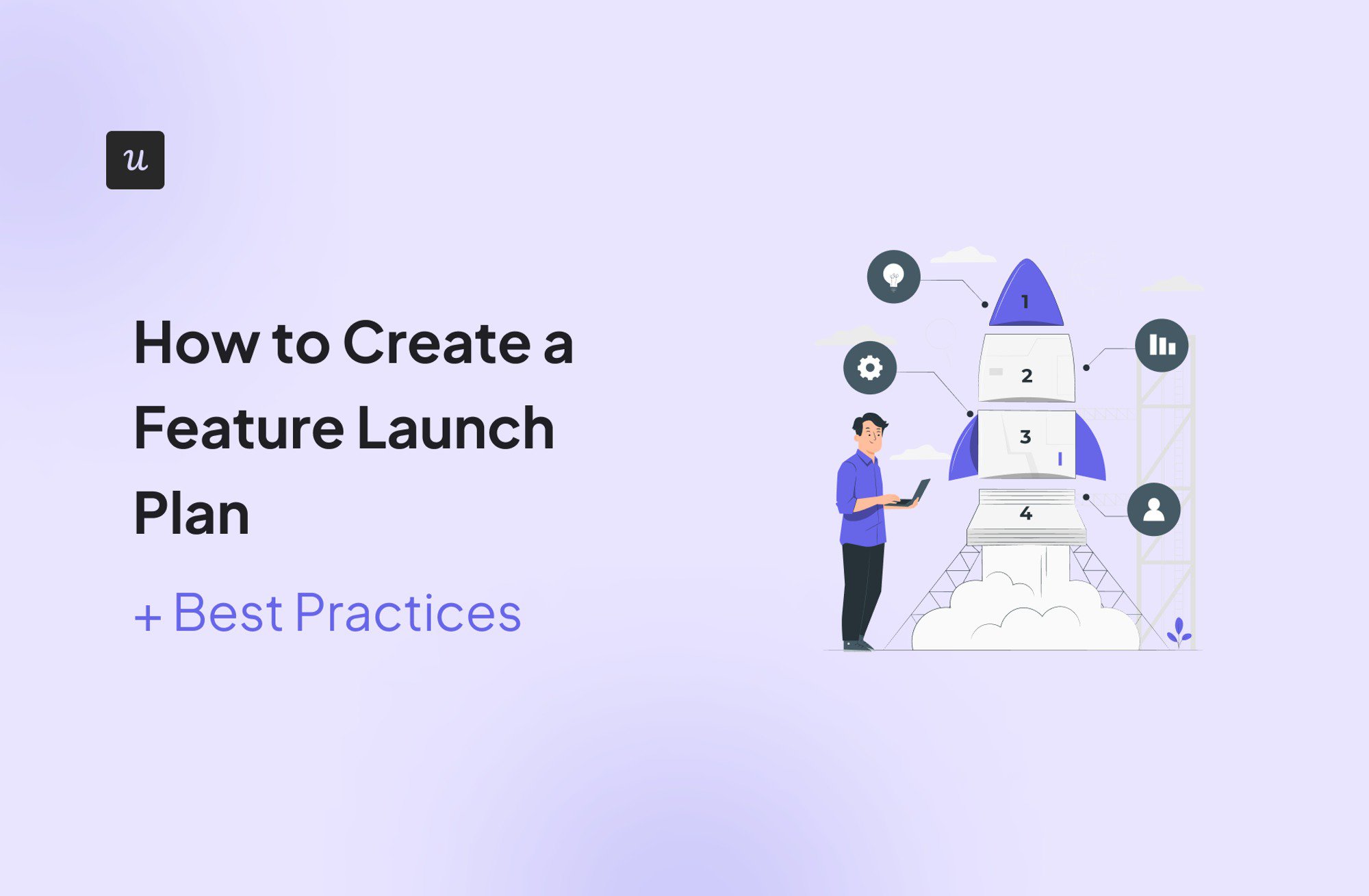
Are you looking for a way to drive user retention and product adoption? You’re likely considering adding new features to your product. However, a successful launch takes more than building and announcing a remarkable feature. It needs a feature launch plan.
In this article, we’ll take a closer look at the different stages of a feature launch and outline strategies to help you get it right. Let’s get started.
Try Userpilot Now
See Why 1,000+ Teams Choose Userpilot

Feature launch plan (short summary)
- A feature launch plan guides teams through the process of developing and releasing a new in-app feature. It helps create a buzz, monitor feature performance, and maximize adoption.
- While a feature launch and product launch have a few overlapping steps, their focus areas are different. A product launch strategy aims to create a new product to expand your customer base and increase revenue. On the other hand, a feature launch aims to drive user retention and minimize churn with new features.
- A concrete feature launch strategy offers several benefits, including improved product stickiness, user retention, and increased account expansion. It usually involves three stages – pre-launch, launch, and post-launch.
- The pre-launch stage includes setting goals, defining your target audience, outlining a go-to-market strategy, and beta-testing the feature.
- The launch phase is where you put all the planning into action and make the feature available to your user base. You also have to build hype about the feature release on different platforms.
- The post-launch phase involves walking users through the feature with in-app onboarding flows, release notes, and live webinars. You can also implement in-app surveys to collect user feedback and understand whether the new feature fulfills their needs.
- Userpilot offers features such as in-app surveys, trend analysis, and path analysis to help monitor feature performance and adoption. Book a demo to understand how it can fit into your feature launch roadmap.What is a feature launch plan?
A feature launch plan is a roadmap for launching a new feature in an existing product. This plan is followed by the product, engineering, marketing, and customer-facing teams, to make sure users have a seamless experience with new features.
The plan outlines the strategies these teams will use before, during, and after making the feature available to your users. A well-defined launch plan is the key to driving traction and maximizing feature adoption.
Feature launch vs. product launch strategy
The terms feature launch and product launch are often used interchangeably. While there are a few overlapping steps, there’s a world of difference between a successful product launch and a feature introduction.
A solid product launch plan outlines everything you’ll do to bring a new product to the market. It involves various steps, such as conducting market research, defining a marketing plan, and implementing an onboarding strategy.
On the other hand, releasing a new feature within an existing product involves analyzing current user behavior patterns to identify an experience gap in your product. Also, you need a well-coordinated strategy to help users get maximum value from the new feature.
Both feature and product launches involve research, marketing, and execution. However, a product launch focuses on establishing product-market fit and driving more revenue by attracting new users. Unlike a product launch, the goal of feature launches is to retain existing customers, re-engage inactive customers, and ultimately increase their loyalty.
Benefits of having a feature launch process
If product managers want their products to stand out from the competition and deliver value to customers, it’s crucial to keep releasing new features. However, in the absence of a proper strategy, even the most outstanding feature will fail to attract and retain users.
A concrete feature launch strategy offers several benefits, including:
- Positioning new launches for success – With in-depth insight into your user activity and behavior, you can build features that address user pain points. That, in turn, ensures more people try and adopt a new feature.
- Increasing product stickiness – When you release features that simplify life for your user base, your product becomes indispensable. Also, it demonstrates how you listen to and care for your customers, which motivates them to keep returning to your product.
- Increasing account expansion – Launching paid features that cater to users’ pain points is an excellent way to generate more revenue from each account.
- Boosting user retention – If your product adapts to changing user needs and preferences, it gives you an edge over competitors. Also, it becomes a go-to choice for users, which results in higher retention rates.
How to create a successful launch strategy
It’s time for us to get to the nitty-gritty of delivering a new product feature. Whether you’re making minor changes to your product or adding completely new functionalities after a product launch, a new feature introduction can be broken down into three phases:
- Pre-launch – Also known as the launch planning stage, it covers everything you do to prepare for a new feature launch.
- Launch – This is the stage where you execute your strategy and roll out the feature within your product.
- Post-launch – This phase ensures users can find and harness maximum value from the new feature. It also monitors whether the new feature is yielding the desired results, helps you fine-tune the experience, and informs future product development decisions.
Pre-launch phase
Like in a product launch, this stage involves all the groundwork needed to successfully launch a new feature and drive adoption.
1. Define the goal, launch date, and target audience
Start your launch strategy by determining why you want to roll out a new feature. Are you looking for ways to engage more users and boost the average session duration? Or do you have your eyes set on account expansion and revenue generation?
Knowing the answers to these questions will help outline precise goals for your feature launch plan. Consider using an established goal-setting framework like SMART to set goals that are easy to track and measure.
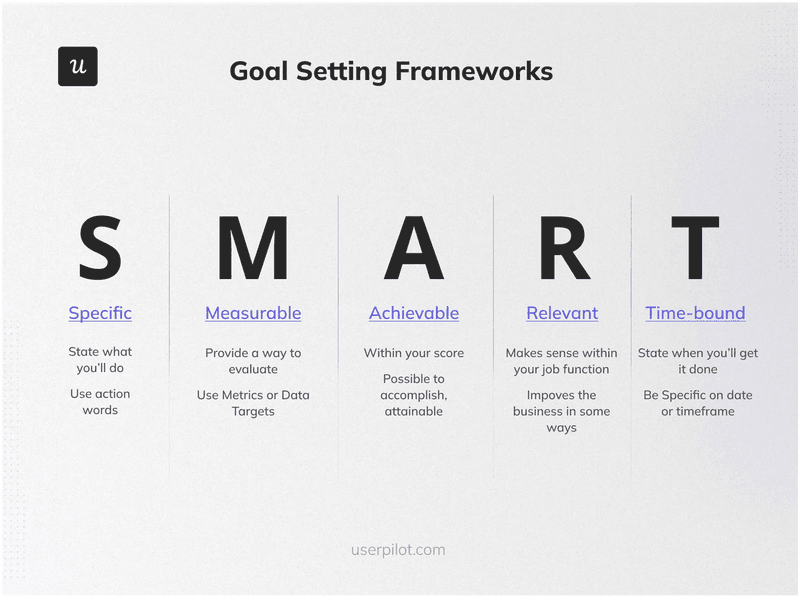
Also, define the target audience for your feature. Understanding their expectations, preferences, and pain points will help you build features that generate traction and offer value. It’s also a good time to set a launch date and create a timeline for key milestones that different teams must achieve.
2. Create a feature launch checklist and assign tasks
A successful feature release requires seamless collaboration among various departments, including product, engineering, marketing, sales, and support. For things to work smoothly, each team must have a clear idea of what they have to do—much like what’s needed in a product launch.
Start by breaking down your launch strategy into smaller, manageable tasks. Build an extensive checklist and assign these tasks to relevant departments. You’ll also need to add a deadline to each task to ensure you’re on track for the final launch date.
A sample feature launch checklist could include the following tasks along with the teams responsible for carrying them out:
- Creating and scheduling an email blast -> Marketing team
- Posting a teaser video on Instagram -> Marketing team
- Adding a coming soon banner to the app -> Product team
- Beta test the feature with a small number of users -> Product team
- Address issues reported by users post-launch -> Support team
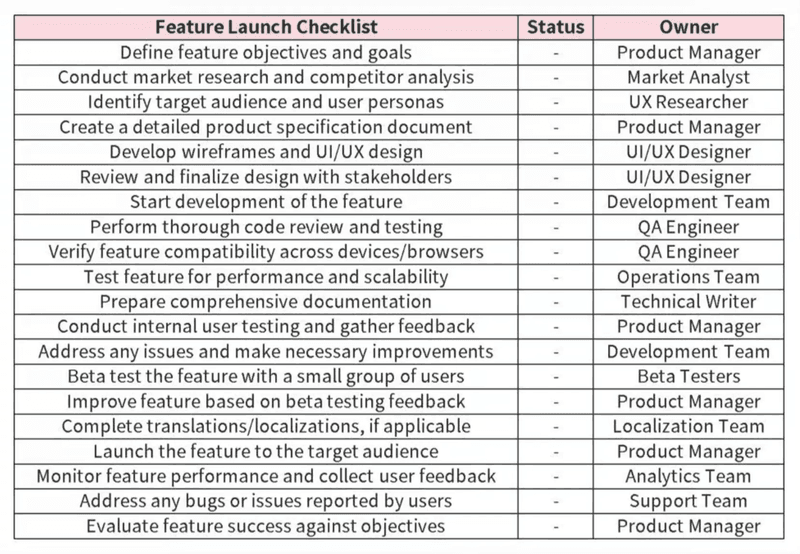
3. Build a go-to-market plan for your feature launch
Like a product launch, you need a go-to-market strategy for your new features as well. Start by identifying the right marketing channels, such as social media platforms, email, press releases, your company’s website, and in-app messages. You can also create buzz on third-party platforms such as Product Hunt.
Next, define the release dates for marketing collaterals on different channels and start working on these materials. Make sure they’re ready and scheduled before the respective release dates.
It’s worth pointing out that instead of outrightly promoting the feature, you should highlight how it resolves specific user pain points. It’ll help your feature-release messages strike a chord with the audience.
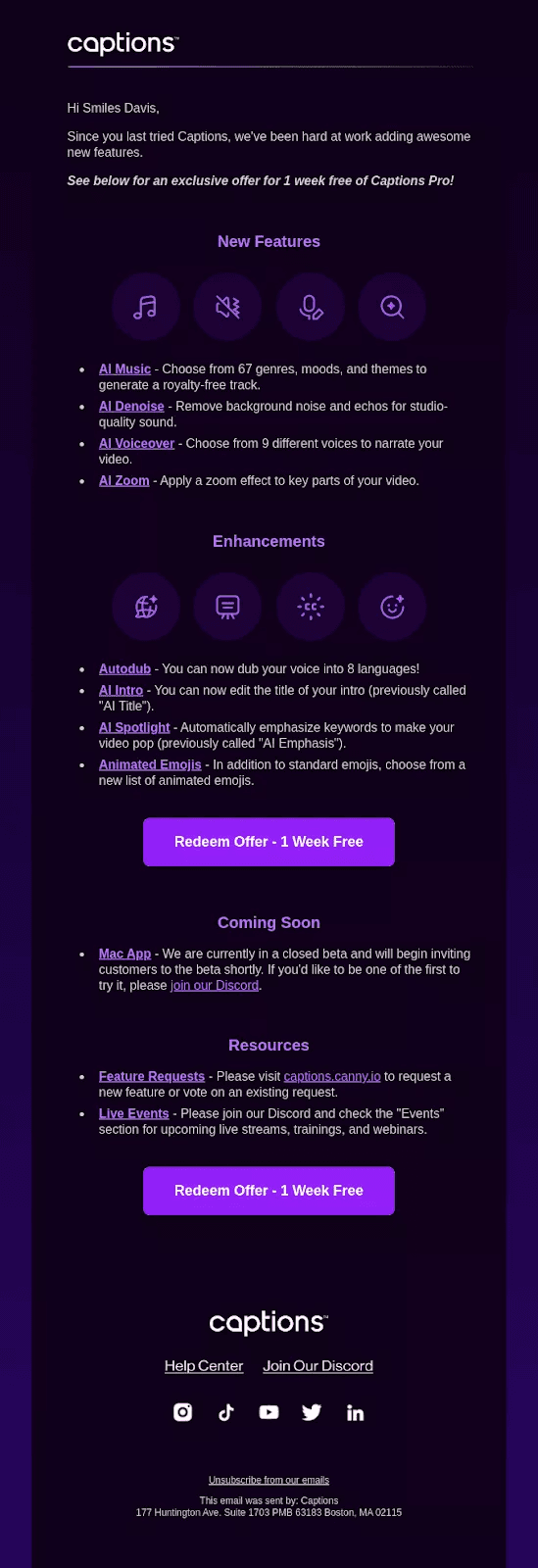
4. Train your customer support and sales team
Customer-facing teams, like sales and support, can play a crucial role in influencing the customer experience. For instance, new users might reach out to a sales rep to understand how a particular feature solves their pain points.
Alternatively, existing ones might encounter bugs while using a new feature and reach out to customer support for troubleshooting. So, train your teams about how the new feature works and the ways users can generate maximum value from it.
5. Consider launching a beta test
From Instagram to Twitter (now X), even the world’s best products have had failed feature releases. How do you ensure your feature launch doesn’t share their fate?
The answer is to beta-test the new feature with a select group of users, much like how you’d test your product before product launch. While product developers will test the feature to rule out technical issues, beta testing offers insights into how it performs in real-life scenarios. It can help you find and remove areas of friction that might hinder feature adoption.
Moreover, beta testing offers an excellent way to understand what real-world users think about a new feature. Consider using a feedback form to collect early feedback and improve the feature before releasing it to the entire user base.
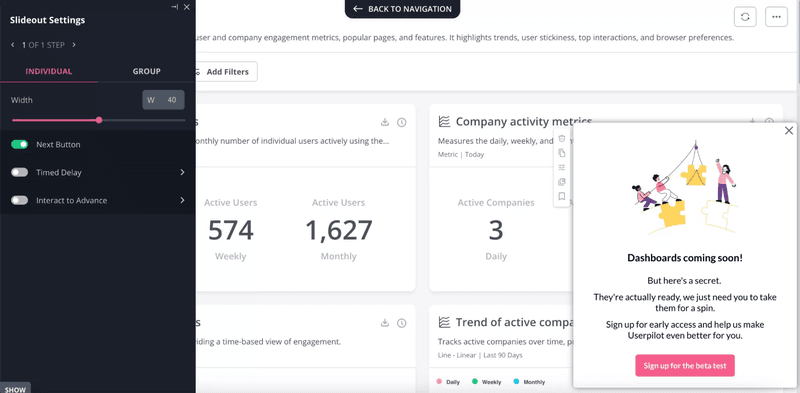
Launch phase
It’s now time to execute the pre-launch plan you built. Between running a beta test and making the feature available in-app, there’s a lot for the product team to do at this stage. They aren’t the only ones who’d be hard at work. The marketing team will continue building hype and promoting the feature on different platforms after its release.
Remember to use the feature launch checklist to assign and implement tasks in the right order of priority. It eliminates silos and keeps all teams on the same page about what needs to be done. Tick tasks off the checklist as they get completed to ensure you don’t miss anything.
Post-launch phase
A feature launch doesn’t end with adding new functionality to your product. You also have to get users to try the feature and determine whether it’s turning out to be a success.
That’s where the post-launch phase steps into the picture.
1. Create in-app onboarding for the new feature
Developing an excellent feature isn’t enough. You also have to get users to try it. How do you accomplish that?
The answer is to send strategically timed in-app messages to notify your user base about the feature. Additionally, design and implement an in-app onboarding flow that helps users navigate the feature. Here’s an example from Userpilot.
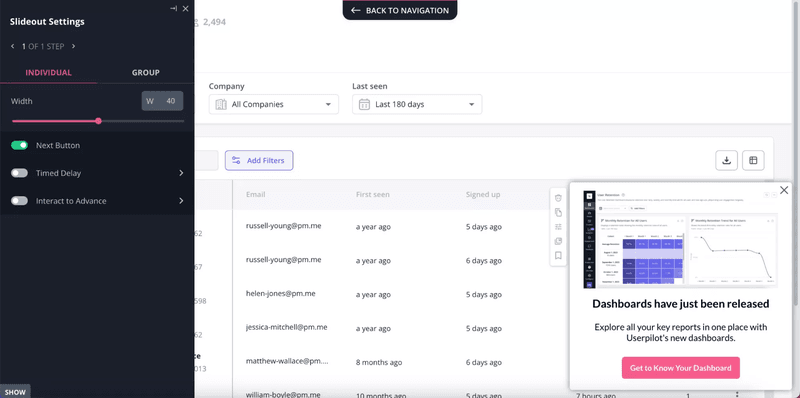
You can even create an onboarding checklist to give users an idea of what they need to do. Also, consider adding contextual tooltips and hotspots to provide real-time guidance as users navigate the feature.
2. Add release notes for existing users
Release notes can be an excellent tool for educating existing users about newly launched features. They help familiarize users with major changes and set their expectations.
When drafting a release note, make sure you keep the language simple and on-point and avoid technical jargon. Also, it’s a good idea to create and use a release note template for subsequent feature rollouts. A consistent layout and tone help users understand the information better.
Lastly, don’t forget to include a call-to-action (CTA) highlighting what the reader should do next.
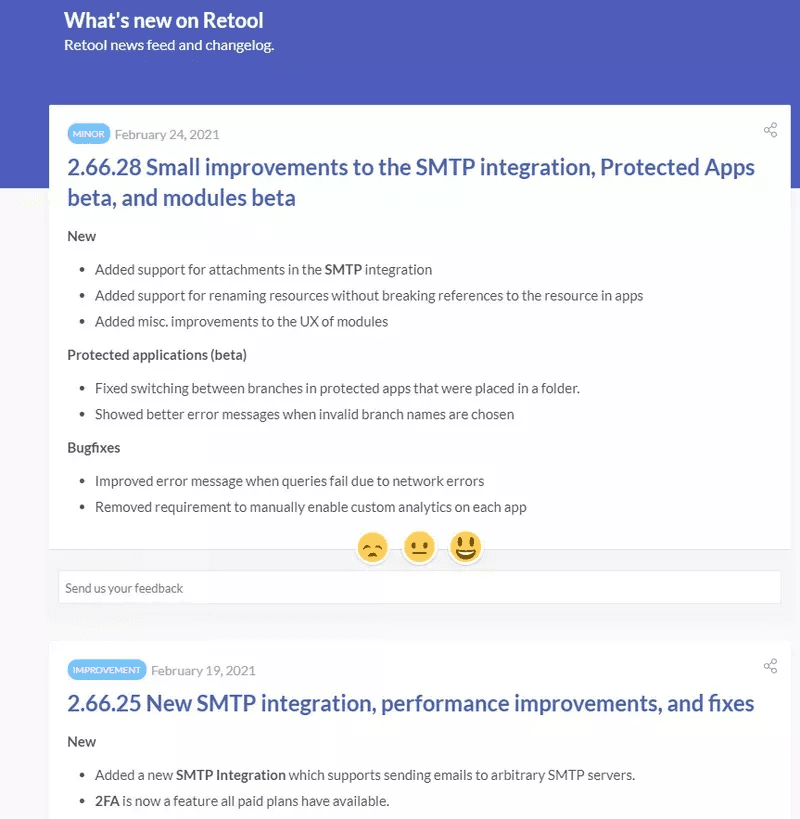
3. Use live webinars to educate users about the feature
If you’re looking to maximize awareness about a new feature, consider hosting a live webinar. Use the session to demonstrate what the feature is all about and how to use it. You can also feature real-life use cases to highlight how it solves different pain points.
A live webinar also allows you to interact with existing and potential users in real time and collect feedback. This feedback then helps you refine the feature and maximize adoption.
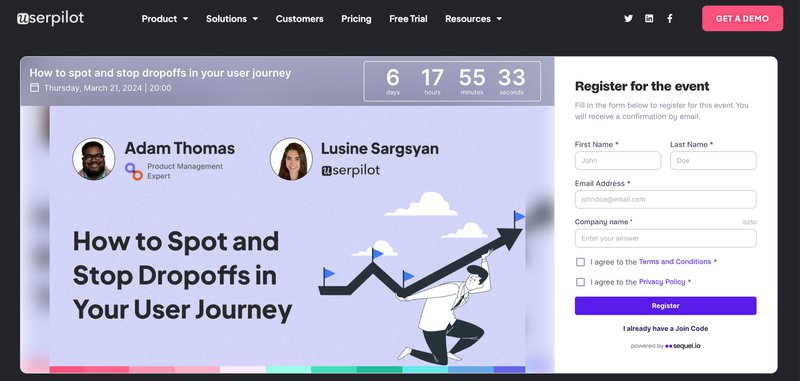
4. Collect user feedback for the new feature
Improving your product with new features is an ongoing process. It doesn’t end with the release of a groundbreaking feature. You also have to understand how users feel about it.
An effective way of doing this is to collect qualitative user feedback with in-app surveys. A product growth tool like Userpilot also lets you choose from a wide array of survey templates.
You can analyze survey responses to understand whether the feature meets user expectations and needs. It’ll also help you identify gaps in existing functionalities and pave the way for improved iterations.
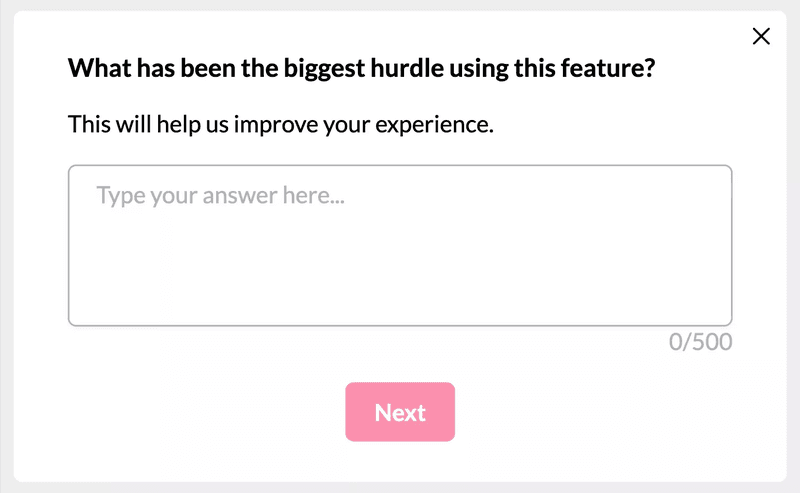
5. Monitor feature performance with feature trends
Besides in-app surveys, you can use trend analysis reports for a quantitative overview of feature usage and performance. It’ll provide you with an in-depth look at user activity and help you understand how many people engage with the feature. Additionally, you can monitor and evaluate adoption rates.
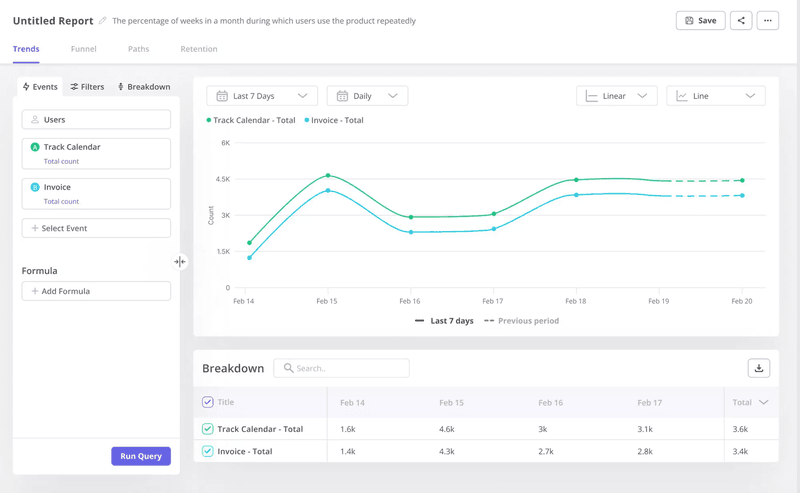
6. Monitor how existing customers find their way to the feature
Understanding how users discover the new feature is crucial to improving adoption. You can view session recordings and conduct path analysis to track the precise paths users take to get to the feature. It’ll help you identify and implement happy paths for future users and, in turn, drive adoption higher.
Additionally, path analysis can come in handy for identifying drop-off points in a user’s journey when they engage with the feature. This can help spot and remove points of friction.
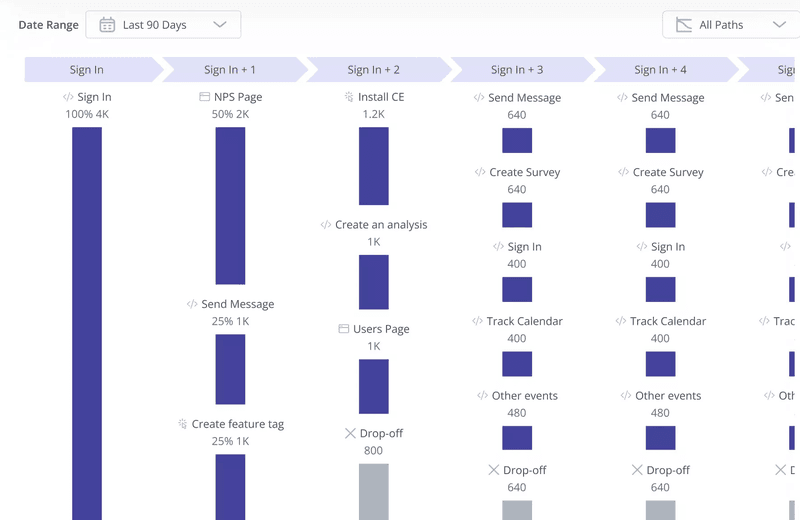
Conclusion
Improving your product with new features is integral to increasing user retention and loyalty. A feature launch plan can help guide different teams, from product and engineering to marketing, through different stages of developing, releasing, and promoting a new feature.
Userpilot comes in handy to execute a successful feature launch and increase product engagement. Schedule a demo now to see how Userpilot can help increase your feature adoption.





